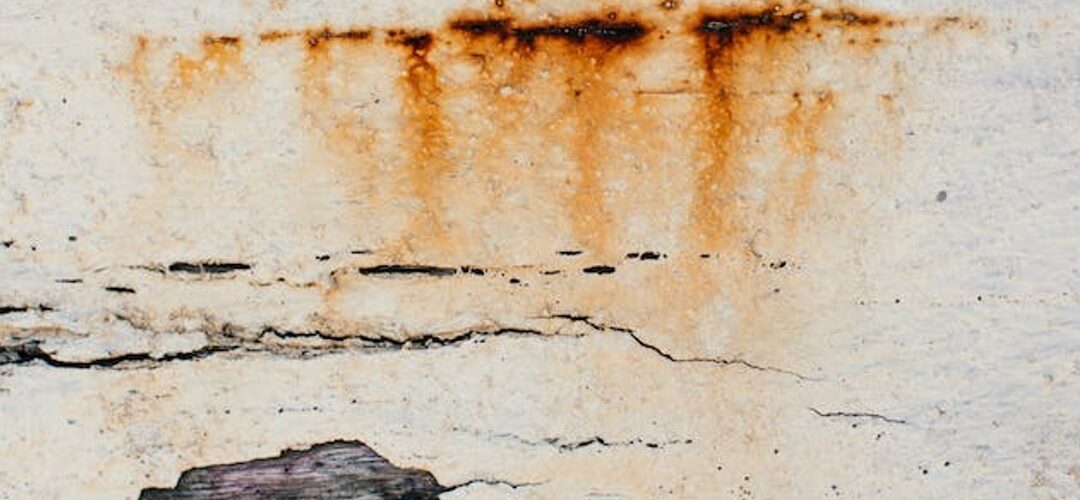Rising Dampness in Your Walls? Here is What You Can Do
Rising damp is a common moisture issue in buildings where groundwater rises through walls via capillary action, similar to water being drawn up through straws. This moisture contains salts that can damage plaster, paint, and woodwork, causing visible stains, peeling wallpaper, and even wet rot in timber. Signs include tide marks on walls, salt blooms, and crumbling mortar.
For help with expert mold inspection, effective mold remediation, or waterproofing services to shield your home or business for the long run and a company that stands behind their work 100%, call on Zavza Seal today!
Rising Dampness in Your Walls: What You Need to Know
Rising dampness is typically identified by the harm it causes to a building’s internal walls. Plaster and paint erode over time, and wallpaper loosens. At the point where groundwater has reached, a visible stain emerges on the rising damp inside wall in the form of a tide mark. Salts may also bloom on the interior surface, frequently coupled with rising humidity, resulting in paint and plaster debonding. Externally, mortar may collapse, and white salt streaks on the walls may form.
Rising Damp Causes
Most structures have some barrier constructed at the wall’s lower level to prevent water from coming up this way. A damp proof course (DPC) is what it is. Depending on the period, these can be created of non-absorbent, water-resistant materials such as slate, bitumen, and plastic. These physical DPCs can fail with time, and in older homes, they may not exist at all. If you don’t have a DPC or there’s proof that it failed, you can do nothing to keep the water from running up your wall.
The DPC can sometimes remain intact, but it can also be bridged. Because of a design flaw, ground moisture can travel past the DPC.
Here are several examples:
- Debris in the subfloor void or wall cavity
- Overlapping renders or plasters on the inside or outside of the DPC
- The external ground levels are rising above the DPC
- Inappropriate cavity insulation material
- Solid floors
- Masonry constructions are intersecting / garden walls abutting
Is rising damp a major issue?
Rising dampness is a major issue that, if left ignored, can lead to structural or foundation problems. It is quite unpleasant to live with due to the damage it can cause to your plaster, flooring, decorative finishes, and odor. Like most types of dampness, rising dampness harms your health, exacerbating various respiratory problems. It can also cause increased heat loss, resulting in higher energy expenses.
Rising Damp Removal
A damp-proofing injectable cream is the most effective and cost-efficient treatment of growing damp. Choose from whole kits or individual cream cartridges, and have them installed by a reputable company like Zavza Seal LLC.
The cream is injected or manually poured into strategically placed holes in the mortar course. Once inserted, the moist proofing cream reverts to a liquid, allowing it to enter the brickwork and absorb completely. As it cures, it forms a strong, water-repellent barrier and a new chemical DPC that prevents water from rising to the wall.
Alternatively, a new damp-proof membrane can be installed to serve as a damp-proof course. This considerably larger and more involved technique entails removing each brick along the broken mortar course and replacing it with a new physical damp-proof barrier.
How to Treat Internal Wall Rising Damp
When signs of rising damp in masonry walls, remove wallpaper and plaster back to the bricks or base. You will also need to perform this on the property’s exterior wall.
Before injecting a new DPC, be sure that the DPC has not been bridged in any way. Treating rising moisture on inside walls entails following the injection technique indicated above and then being able to make good and repaint within. A moisture-proof membrane is the quickest way to accomplish this.
Replastering Following Rising Damp Treatment
After injecting the new DPC, you must have the affected area replastered. The original plasterwork may include hygroscopic salts that may continue to attract moisture if not completely removed. You must have the plasterer replaster to an exact specification to avoid further salt contamination issues.
Who handles rising dampness?
If you suspect your home or property is growing damp or ask your friends, “the walls in my house are wet” you should get professional help to validate your fears. A skilled damp surveyor, rising damp treatment professional, or preservation firm with rising damp injection treatment experience would be best. The surveyor will conduct a rising damp survey, conduct a detailed analysis, and then recommend a remedy based on their results. When picking who will cure your rising damp problem, we recommend that you search for certain qualities.
Rising Damp Specialists – Zavza Seal LLC
Our experts have offered property owners damp-proofing solutions for almost two decades. Because of our years of knowledge, we can discuss your problem and propose goods that will provide a solution. For free estimates and inspections, please get in touch with us.
Related Blog Posts:
- How Long Does the Restoration Process Take for Homes With Water Damage?
- What to Do If Your Home Has Water Damage?
- Signs of Water Damage in the Basement Walls
- Water Damage & Mold: Everything You Need To Know in 2023
- Things You Should Know About Water Damage
- Who Do I Call After My House Has Water Damage Restore?
- What Causes Water Damage to Floors and Walls
Related Services:
Our service areas:
Get A Free Estimate

